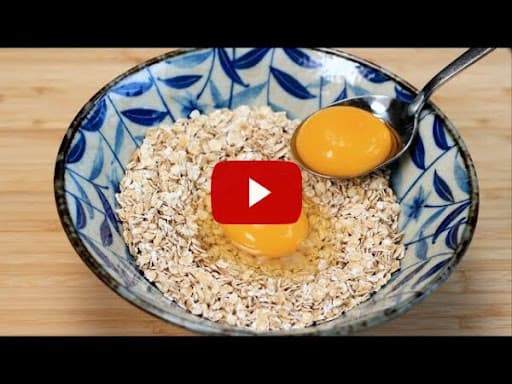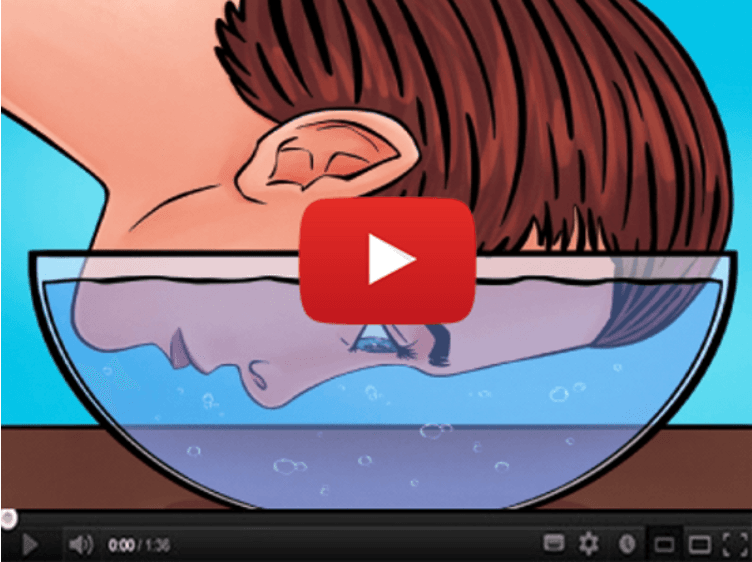Rewiring not just adapting
Until relatively recently, it was widely believed that the adult human brain lost the ability to reorganize after a neurologic injury. Twenty-two years ago, the prevailing thought among many medical professionals, including those entering the field of physical therapy, was that the adult brain, once damaged, could not regenerate or rewire itself.
For many decades, it was accepted that the best chance for an adult to regain some level of functionality after such an injury was to compensate by using the unaffected side of the body. This process involved training the uninjured limb to perform tasks for both halves of the body, under the assumption that healing was not viable on the side that had experienced impairment.
“The best chance you had at restoring some sort of normality was just to train the side of your body that was not impacted.”
While the reprogramming of the adult brain post-injury isn't as seamless or effortless as a child’s development, it is not altogether impossible. In contrast to earlier theories, we now understand that with the right interventions and therapies, the adult brain can indeed undergo significant recovery, establishing new pathways to restore lost functions.
These discoveries have important implications for rehabilitation practices, enabling the design of therapies that tap into this potential brain adaptability. The idea that once a neurologic injury happens there is no hope for recovery is outdated.
- Encourages a more comprehensive rehabilitation approach that prioritizes retraining the injured brain areas rather than only compensating with the unaffected side.
- Supports a dynamic understanding of patient recovery, sparking innovation in therapy designs that leverage brain plasticity.
- Offers hope to those impacted by such injuries, fostering optimism about regaining lost abilities.
From Around The Web
Wellness Inbox is a blog & weekly newsletter that curates trending news and products related to health and wellness from around the web. We also gather content from various sources, including leading health professionals, and deliver it directly to you.
Please note that we may receive compensation if you purchase any products featured in our newsletter. Wellness Inbox is not affiliated with, nor does it endorse, any health professionals whose content may appear in our newsletter. The information provided is for general informational purposes only and should not be considered medical advice.
The information provided is not intended to replace professional medical advice, diagnosis, or treatment. All content, including text, graphics, images, and information available is for general informational purposes only. We do not guarantee the accuracy or completeness of any information presented and assume no liability for any errors or omissions. The content is subject to change without notice. We encourage you to verify any information with other reliable sources and consult your physician regarding any medical conditions or treatments.







